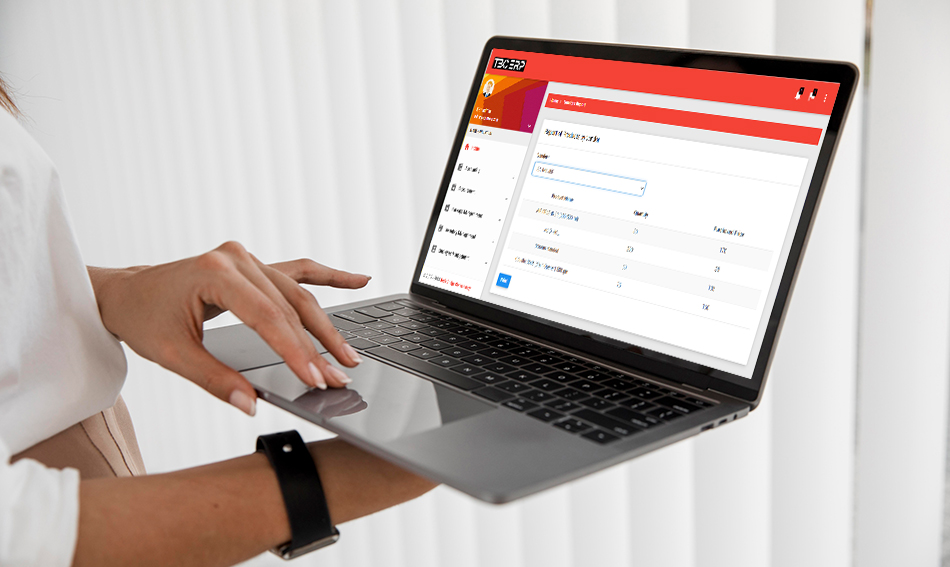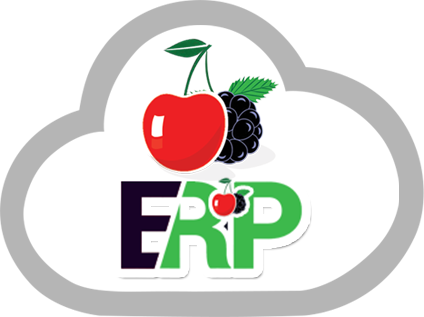
ERP Software for Procurement – A Strategic Tool for Procurement
Procurement has become an increasingly strategic function as organizations aim to reduce costs through enhanced buying practices. However, traditional manual procurement processes tended to be inefficient with a lack of visibility over enterprise spend. Modern ERP systems now provide robust functionalities to automate and streamline previously disjointed purchasing workflows. When combined with integrated analytics, ERP software for procurement delivers actionable insights for strategic sourcing, contracting, inventory optimization, and supplier management.
End-to-End Procurement Management Functionalities:
ERP software for procurement has amazing management facilities. Leading cloud-based ERP platforms have inbuilt purchasing modules to manage the full source-to-pay lifecycle. Key features include centralized purchasing catalogs connecting global suppliers, integrated supplier risk analytics, online RFQ and auctioning modules, contract repositories with expiry alerts, quality/compliance certificates per supplier, supply chain planning boards, inventory tracking and replenishment triggers, invoice reconciliation, and supplier payment gateways. These systems replace spreadsheets and email chains to enable centralized, paperless procurement with full audit trails. User dashboards provide real-time snapshots of spending, budgets, pipeline requests, and transaction statuses.
Data-driven Sourcing and Supplier Choices:
Transactional data across the purchasing process builds a rich analytics foundation within ERP systems. Embedded business intelligence tools allow an analysis of historical spending and usage patterns at granular product/site levels. Data visualizations highlight spending inefficiencies and leakage while machine learning identifies savings opportunities. This enables fact-based negotiation with incumbent and alternate suppliers by pinpointing priority products/services for cost reduction or substitution. Contract dashboards allow ROI measurement per supplier agreement.
In supplier evaluations, ERP analytics quantifies not just unit pricing but total cost of ownership and supply chain risks per provider. This facilitates optimal supplier selections factoring in compliance, quality, lead times, sustainability, and financial viability besides quoted rates. Supplier rankings and performance KPIs help drive such analytics-led decisions for strategic sourcing.
Inventory and Cash Flow Optimization:
Variable customer demand coupled with supply uncertainties increase risks of shortages, wastages, and obsolescence during inventory procurement planning. ERP software for procurement provides predictive demand modeling and simulation capabilities for different probability scenarios. This facilitates data-driven planning of safety stock buffers and reorder frequencies. Optimization algorithms indicate the most cost-efficient quantities per inventory replenishment order.
Procure-to-pay workflows automatically trigger further purchases based on such configurable minimum/maximum thresholds. This minimizes risks of crisis purchases or cash flow issues. Digitized processing improves good receipts, invoice approvals, and settlement cycles as well as boosting procurement efficiency.
Governance and Risk Management:
The automated controls, alerts, escalations, and visibility within ERP solutions improve compliance during procurement. Matching invoice quantities, rates, and delivery dates prevents overpayments. Budget check warnings avert unauthorized transactions. Approval hierarchies ensure procurement policies are maintained with full accountability. All inquiries, disputes, and communications get logged for auditability.
Data analytics also quantifies risks associated with lead times, supply disruption probabilities, compliance violations, and delivery failures for each supplier. Such insights enable corrective actions like contingency planning and even insurance consideration for risky procurement scenarios. ERP thereby aids better resilience against procurement risks.
Conclusion:
ERP systems have evolved procurement modules from basic spend controls traditionally to the current data-driven, strategic decision-making enablers discussed here. Automation, integration, and analytics capabilities available ‘out-of-the-box’ make these solutions invaluable for organizations seeking transformation of sourcing, buying, and supply network improvement. With global competition and uncertainty increasing, ERP software for procurement promises to be a vital driver of cost efficiency, cash flow, and governance gains derived from procurement.
